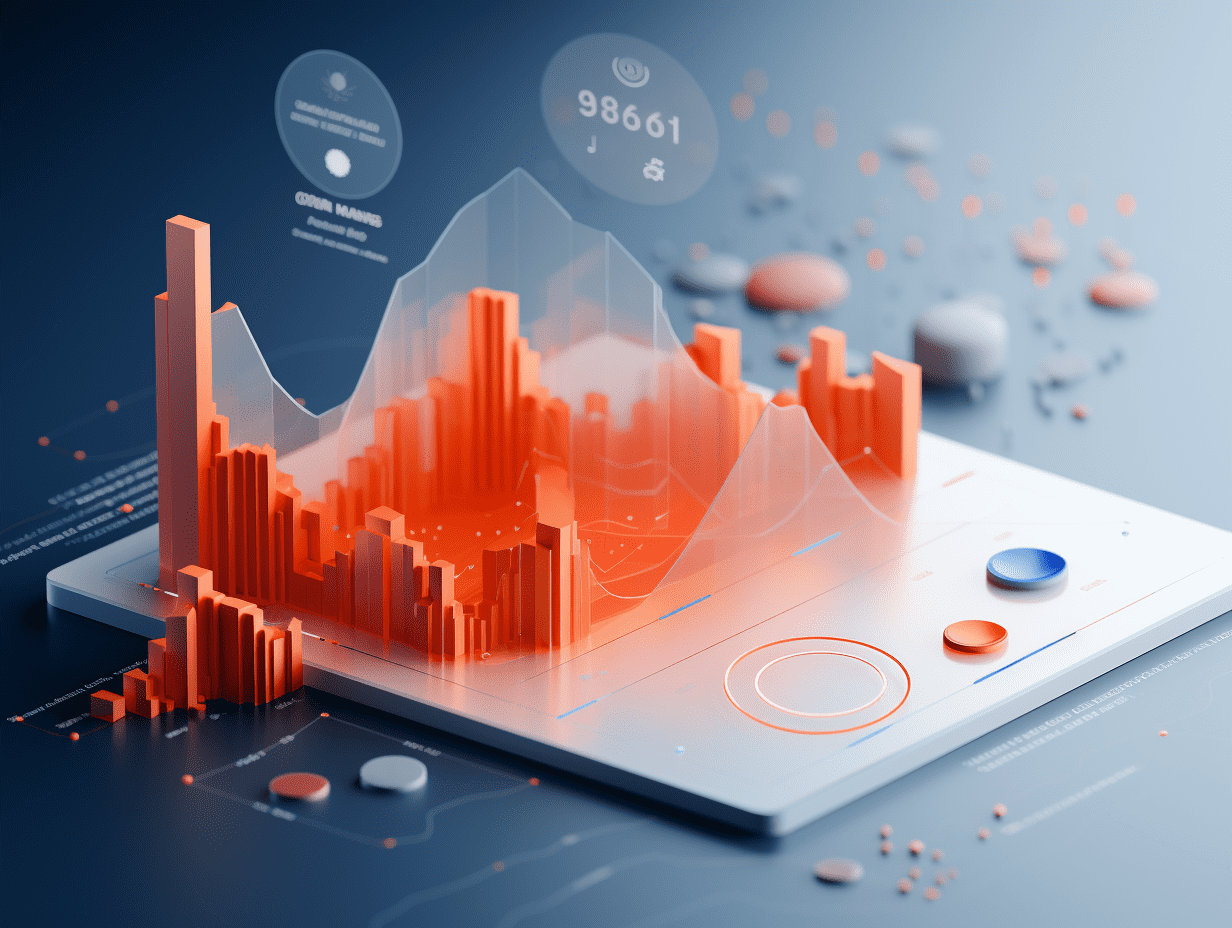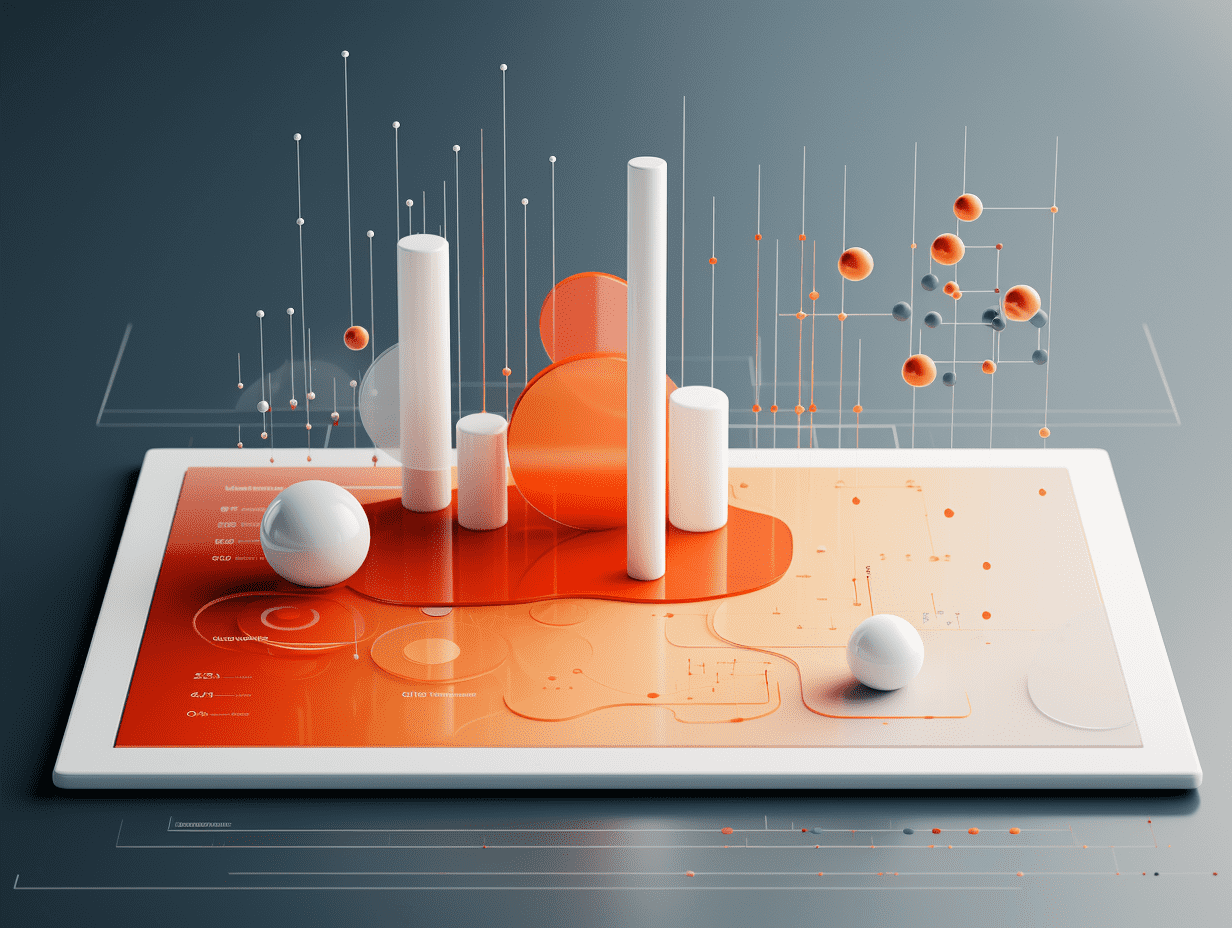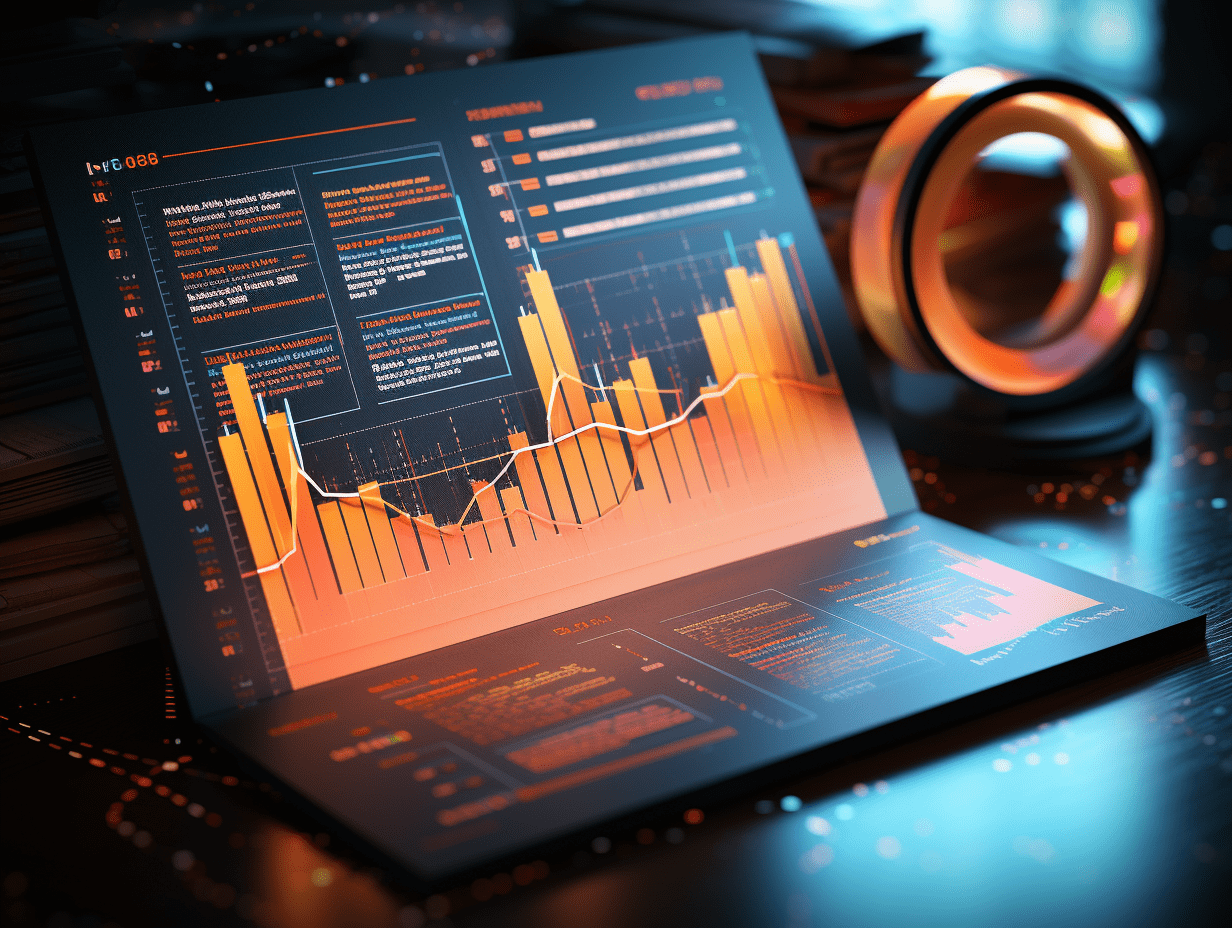
Industrial: What new trends are emerging in the current AI market?
1. From upstream to midstream and downstream
In early 2023, the emergence of ChatGPT ignited global trends in the artificial intelligence industry, leading AI to become the core theme of the global technology sector. However, market developments were mainly concentrated in the upstream computing power end. Under the Scaling Law and the high growth logic of global computing power demand, upstream computing power represented by optical modules and AI chips benefited significantly as "shovel sellers." Progress in AI application landing was relatively lower than expected, with midstream software services and downstream applications lagging behind.
Since the fourth quarter of last year, with AppLovin leading the way in the outperformance of US software stocks, the commercialization of AI applications has been preliminarily validated. The trading theme of the overseas AI market has begun to shift towards the midstream and downstream. With companies like AppLovin, Palantir, SoundHound AI, Salesforce, and others starting to realize profits, driven by profitability, the overseas AI market has already started to spread to the midstream and downstream software services and application end, leading to explosive stock price increases for related companies in the AI midstream and downstream sectors.
Domestically, the recent release of the DeepSeek large model has significantly accelerated the process of AI popularization. The industrial logic of AI in China has also begun to transition from centralized development of upstream infrastructure to diversified innovation towards the midstream and downstream application end. The high cost of computing power and development and deployment costs have always been the main constraints on the landing of AI applications. However, the release of DeepSeek has made an important contribution to reducing costs and improving efficiency for current large AI models. Its low cost and open-source nature greatly reduce the threshold for AI applications, which is expected to accelerate the integration and development of AI across various industries. In addition, the high reasoning performance small models distilled from DeepSeek R1 can better adapt to edge devices, providing technical support for the landing of edge AI applications. With the advancement of AI popularization, more innovative AI application scenarios and business models are expected to accelerate emergence, making 2025 a year for the landing of AI applications.
2. From "centralization" to "diversification"
In terms of trading patterns, the market's trading of upstream computing power hardware companies exhibits a more "centralized" characteristic. The upstream computing power hardware industry is essentially a manufacturing industry, and a relatively clear competitive landscape has already been formed, with leading companies possessing significant technological barriers and competitive advantages in the market, resulting in a more tendency towards "centralization" in trading a few computing power leaders in recent years. Despite all being in the upstream computing power hardware industry with strong performance certainty, the stock price performance has varied greatly.
Overseas AI trading also exhibits a similar pattern. In the upstream computing power sector, the leading company, NVIDIA, significantly outperforms other companies. Since 2023, the US AI market has mainly focused on the upstream computing power end, with NVIDIA at its core, showing significantly better stock price performance than other upstream companies.
As the AI market gradually shifts and spreads from the upstream computing power hardware end to the midstream and downstream software services and application end, the trading pattern might also transition from the past "centralization" to the "diversification" stage. On one hand, with the lowering of costs for large models, application companies are expected to accelerate innovation, driving further penetration of AI applications in various fields. On the other hand, compared to the upstream, there are numerous enterprises in the midstream and downstream segments of the AI industry, with a relatively dispersed competitive landscape. Some areas are still in the stage of rapid technological iteration exploration. During this process, various innovative applications and technological experiments will continue to emerge, leading to the emergence of new application scenarios and solutions, providing more opportunities for companies to grow and expanding market acceleration and diffusion, entering the "diversification" stage.
3. From AI to "AI+"
Looking back at the evolution of the domestic "Internet+" market, a similar rotational pattern from upstream to midstream and downstream is evident. More importantly, as more downstream applications are implemented, the market is no longer limited to the TMT sector but is further expanding into more "Internet+" fields:
From 2009 to 2010, the mobile internet began to emerge, benefiting upstream hardware companies such as electronics, with the advent of 3G technology, iPhone 4, and the increase in smartphone penetration rate.
Since 2013, the mobile internet has entered a stage of accelerated penetration, with the industry focus gradually extending to the downstream content sector. User growth in downstream applications such as mobile games and WeChat Pay has accelerated, leading to the market entering its first "peak" stage and structurally expanding into mid and downstream areas represented by media and computers.
Starting from the end of 2014, the technology cycle is no longer confined to the TMT sector, gradually evolving into an "Internet+" and Internet of Things era. From social networking, e-commerce, and gaming to finance, education, healthcare, and other fields, the application scenarios of the mobile internet continue to expand and deepen, pushing the market towards another "peak." Structurally, in addition to benefiting more from the TMT mid and downstream industrial chain, many emerging stocks are also arising in traditional fields such as logistics, retail, healthcare, and machinery, driven by technological empowerment, promoting a diversified market in various sectors.
Therefore, similar to "Internet+," as a general-purpose technology, AI will also accelerate empowerment across various industries. As AI applications "blossom", it may also drive the market towards more "AI+" sectors for further expansion.
Risk warning: Economic data volatility, policy easing less than expected, Fed rate cuts falling short of expectations, etc.
This article was reprinted from the WeChat public account "XYSTRATEGY," author: Xingzheng Strategy Team; GMTEight Editor: Xu Wenqiang.
RECOMMEND
©️2013 - 2025 GMT EIGHT Holdings. All Rights Reserved.
Contact: contact@gmteight.com


